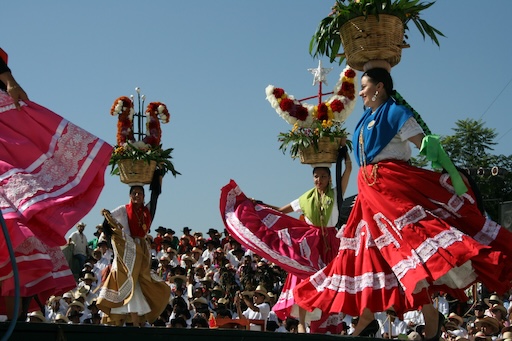
What happens when a centuries-old Indigenous philosophy turns into a giant, colorful celebration on a mountaintop? You get the Guelaguetza Festival—a dazzling display of community, culture, and generosity that transforms Oaxaca into a living stage of ancient traditions. It’s not just a dance festival. It’s a living embodiment of the Zapotec spirit of giving.
Held every July in the southern Mexican state of Oaxaca, the Guelaguetza brings together dozens of Indigenous communities to share their dances, food, music, and—most importantly—their gifts. Because at its heart, this isn’t a performance. It’s a ritual. A ceremony. A social contract where giving is everything and reciprocity is a way of life.
What is “Guelaguetza” Anyway?
The word "Guelaguetza" comes from the Zapotec language, roughly meaning “reciprocal exchange of gifts and services.” Imagine if your entire community came together not to sell things or win prizes, but just to share—freely, joyfully, and with the expectation that kindness will come full circle someday. That’s the foundation of Guelaguetza.
This principle is so deeply embedded in Zapotec life that it extends to everything—weddings, harvests, funerals, even political alliances. It’s a social glue that binds the community through mutual responsibility. And once a year, this quiet philosophy explodes into a week-long public celebration on the Cerro del Fortín amphitheater in Oaxaca City.
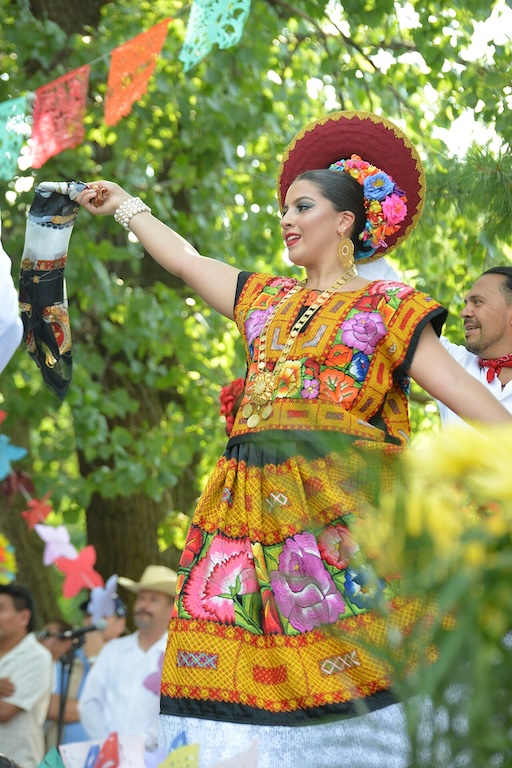
The Festival in Full Bloom
The main stage of Guelaguetza is a sweeping amphitheater built into a hillside, with panoramic views of the Oaxaca valley. But the real view is down on the stage, where dancers in colorful, embroidered costumes whirl and stomp in unison. Each community brings its own unique style, music, and storytelling.
There are dances that mimic harvesting corn, others that portray battles between Indigenous groups and Spanish conquistadors. Some routines involve fireworks. Others include baskets of fruit, coffee, chocolate, or even tamales—tossed into the crowd as literal gifts. Yes, this might be the only festival where you get free avocados mid-performance.
And while the choreography dazzles, the deeper layer is always there: these dancers aren’t just entertaining—they’re offering a gift. A piece of their culture, passed down through generations, wrapped in movement and music.
Beyond the Stage: Parades, Markets, and Mezcal
The festival isn’t limited to one location. Throughout Oaxaca, you’ll find pop-up markets, street parades called *calendas*, and food fairs showcasing regional dishes like mole negro and tlayudas. The streets come alive with brass bands, giant puppet figures called *monos de calenda*, and locals in traditional garb leading impromptu processions through the city.
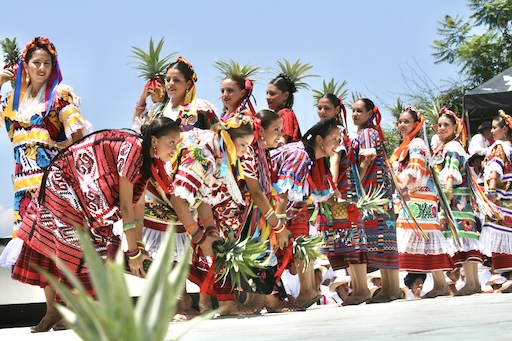
Of course, no Oaxacan celebration would be complete without mezcal. Local producers line the plazas with smoky samples of this regional spirit, offering tiny sips that warm the belly and loosen the feet. Don’t be surprised if a tasting turns into a spontaneous dance circle.
Tradition Meets Resistance
Like many Indigenous festivals, the Guelaguetza has a complicated relationship with modernity. Over the years, as it gained fame, the festival became a magnet for tourists. Some locals worry that commercialization is overshadowing its original meaning. There have been protests and alternate “Popular Guelaguetza” events, held by grassroots groups who want to reclaim the festival’s community-based roots.
But even amidst the debate, the heart of the Guelaguetza beats strong. For every stage performance with cameras and lights, there are dozens of smaller ceremonies still happening in Zapotec villages—away from crowds, quietly continuing the cycle of giving and receiving.
Why It Matters
In a world increasingly driven by consumption and self-interest, the Guelaguetza feels radical. It asks a simple but profound question: What would life look like if giving was the default? Not buying. Not competing. Just giving—for the joy of it, for the good of the community, and with faith that it will come back around someday.
That’s what makes this festival so much more than just another cultural celebration. It’s a living, breathing philosophy in motion. A reminder that generosity is not weakness—it’s wisdom. It’s strength. And it can turn even a basket of tamales into an act of revolution.
So if you ever find yourself in Oaxaca in July, follow the sound of drums echoing off the hills. Let the colors, the rhythms, and the spirit of the Guelaguetza pull you in. But don’t just take—be ready to give something back. Even if it’s just your attention, your applause, or your gratitude. After all, that’s the Zapotec way.
Share this story and inspire others.
Tags: Guelaguetza, Oaxaca festival, Zapotec culture, indigenous Mexico, traditional gift economy, Chasing Hidden Wonder, Mexican traditions
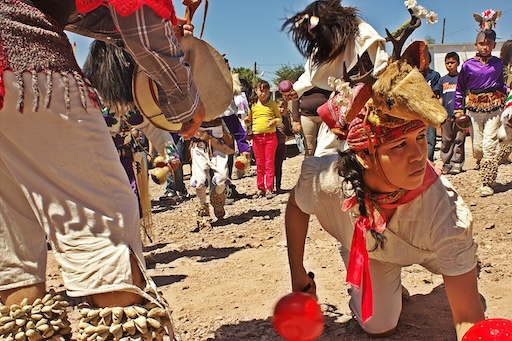 La Danza del Venado – The Sacred Deer Dance of the Yaqui People
La Danza del Venado – The Sacred Deer Dance of the Yaqui People
 Tarahumara Rarámuri – The Ultramarathon Runners of the Sierra
Tarahumara Rarámuri – The Ultramarathon Runners of the Sierra
 La Santa Muerte – The Controversial Saint of Death
La Santa Muerte – The Controversial Saint of Death
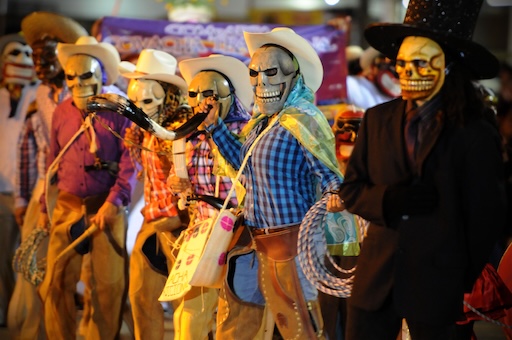 Xantolo – The Huasteca’s Version of Day of the Dead with Masks and Dances
Xantolo – The Huasteca’s Version of Day of the Dead with Masks and Dances
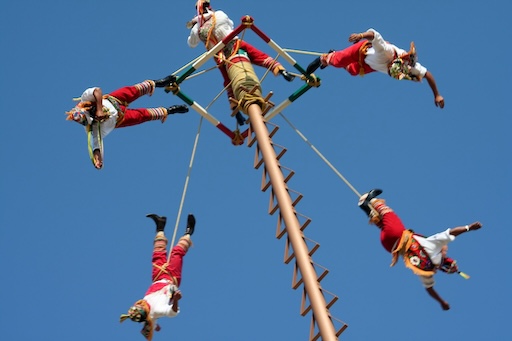 Voladores de Papantla – Men Who Fly from Poles
Voladores de Papantla – Men Who Fly from Poles
 Cenote Sagrado – Sacred Sinkhole of the Maya
Cenote Sagrado – Sacred Sinkhole of the Maya
 Cueva de los Cristales – Mexico’s Giant Crystal Cave
Cueva de los Cristales – Mexico’s Giant Crystal Cave